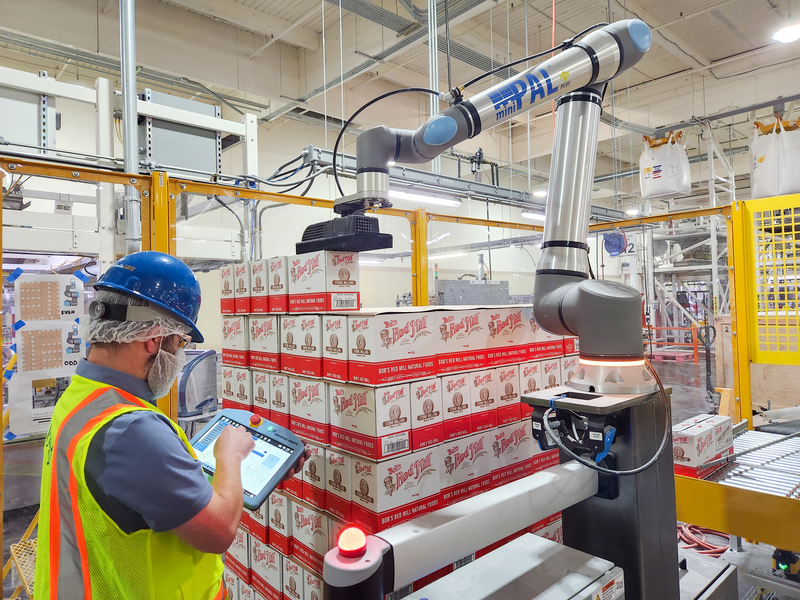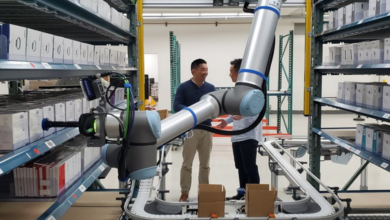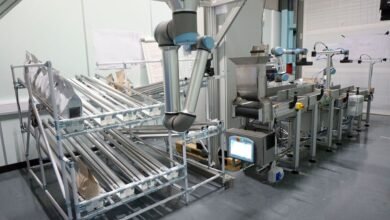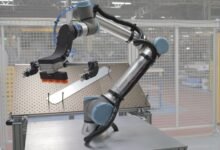UR Academy Learning Path – Universal Robots

And who is designing, engineering, programming and installing all this new automation? Manufacturing, production, automation, process and industrial engineers are in the lead, and the growth in the industry is attracting new talent every day. In the US alone, the Bureau of Labor Statistics is projecting a 12% growth in Industrial Engineering (including mechanical engineers) through 2032.
So, a heavy demand for robot automation coupled with limited supply of skilled and experienced engineering resources and a growing influx of new engineers means many readers will soon be looking at their very first automation project. You may be wondering how to get started, what decisions must be reached to contain costs, compress the project schedule and reduce the overall project risk. You may be unsure exactly where to start your company’s automation journey, selecting the best project to match existing skills, resources and business requirements.
Since the company was founded, Universal Robots has led the industry in innovative easy-to-deploy products, and unique education and training programs for engineers, developers and end-users alike. Coupled with the UR+ Ecosystem of third party peripherals, accessories and solutions, UR and and UR partners are routinely delivering Rapid Deployment Robotics into manufacturing in just weeks, not months.
Delivering product knowledge and how-to is one thing, but delivering application knowledge goes well beyond traditional product training and is far more demanding! And that’s where the newest online education tool from UR comes in: The Learning Path. With a focus on the intricacies and best practices within an application, the Learning Path jump starts each project with a step-by-step experienced based approach that helps even the greenest project engineer make real decisions that help ensure success.
The first Learning Path module is Palletizing, available in Early Access format on the UR web site. It is organized the same way a typical project would be structured, with modules for Planning, Deployment and Operation. Learning Path content is multi-media, including how-to videos, case studies, application evaluation tools, and e-learning. This multi-channel approach delivers the expertise and knowledge you might expect from an industry expert. It’s online, and it’s free. This allows users to learn at their own pace in an easy and intuitive way.
How deep does the Learning Path go into application details? There are many other application guides available in the market, but most just gloss over the real details needed to really evaluate an application. Let’s dig into just the first stage in the Palletizing Learning Path: Planning.






